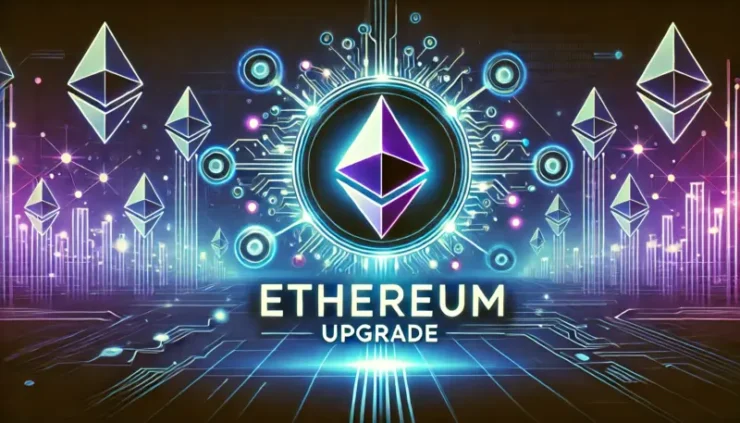Ethereum developers are set to introduce a new testnet, Hoodi, to facilitate the testing of the long-anticipated Pectra upgrade. The decision follows persistent technical issues with the Holesky and Sepolia testnets, which disrupted previous testing efforts. According to an All Core Developers Consensus (ACDC) call on Thursday, Hoodi will launch on March 17, with Pectra activation expected on March 26.
The Ethereum Foundation opted to introduce Hoodi to overcome limitations posed by Holesky, where a configuration bug resulted in a loss of finality. Although Holesky regained functionality, it remains unsuitable for testing validator exits due to an extensive exit queue.
Developers concluded that launching a separate testnet was more efficient than manually modifying Holesky’s queue, risking additional bugs and delays.
“This option was chosen to avoid client teams writing custom code to clear the Holesky exit queue, which could lead to further bugs and delay work on Pectra fixes and Fusaka implementations,” stated the meeting notes from Thursday’s call.
Hoodi will mirror Ethereum’s mainnet by maintaining a similar validator count, ensuring a realistic testing environment. The new testnet will exclusively focus on validator exits while Holesky and Sepolia will continue supporting other aspects of Ethereum research.
Pectra Upgrade Set for Possible April 25 Mainnet Deployment
The Pectra upgrade, combined with the Prague and Electra proposals, is designed to enhance Ethereum’s usability and scalability. Key features include transaction batching, alternative gas payment methods using ERC-20 tokens, and wallet recovery enhancements—collectively known as ‘account abstraction.’ Pectra will also increase staking limits from 32 ETH to 2,048 ETH, enabling validators to consolidate holdings more effectively.
Ethereum developers plan to monitor Hoodi’s performance closely. If no critical issues arise, the Pectra upgrade could be deployed on the mainnet by April 25. “Once Pectra successfully activates on Hoodi, a mainnet fork time for Pectra will be chosen. This will be at least 30 days after the Hoodi fork, but potentially farther out if infrastructure providers need more time to test on Hoodi,” developers noted in a post on Ethereum Magicians.
Pectra’s rollout has encountered repeated setbacks, initially slated for a late 2024 release. Issues with client synchronization and execution layer bugs on Holesky and Sepolia have slowed progress.
On March 5, developers observed error messages on Sepolia’s geth nodes and mined empty blocks, further delaying testing efforts.
Amid these delays, Ethereum’s core developers have committed to a more rapid deployment schedule for future upgrades. During an All Core Devs meeting in February, developers agreed to accelerate protocol updates to maintain Ethereum’s competitive edge as a leading layer-1 blockchain.
Crypto-focused venture capital firm Paradigm has also urged Ethereum’s developers to ship upgrades faster to meet evolving industry demands.
Hoodi’s launch represents Ethereum’s latest attempt to ensure a stable Pectra rollout. If successful, it will provide a crucial foundation for Ethereum’s next major evolution, enhancing functionality for both developers and users.





